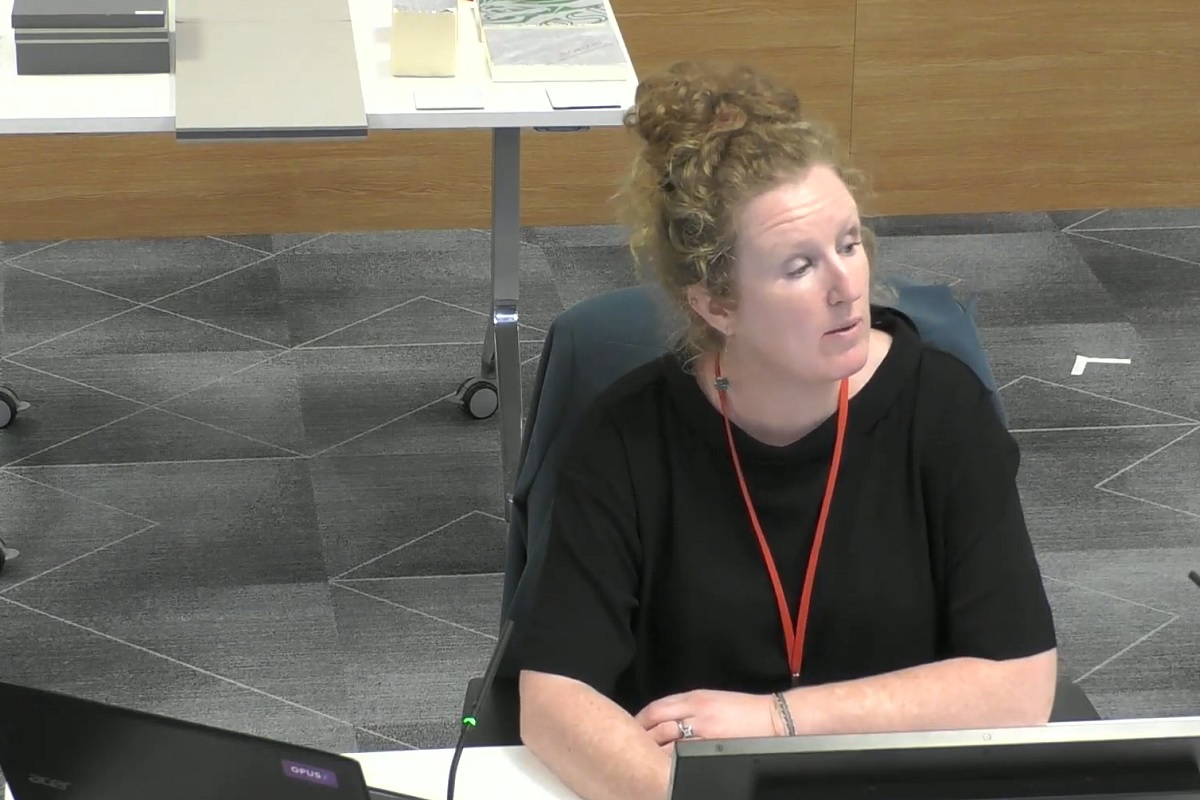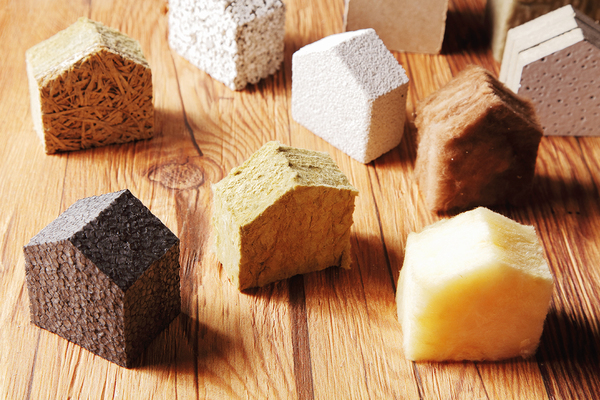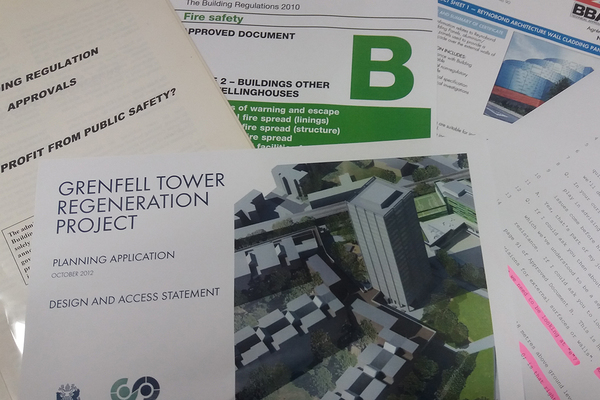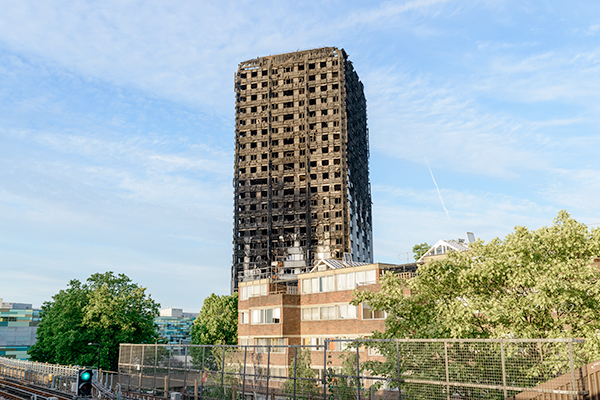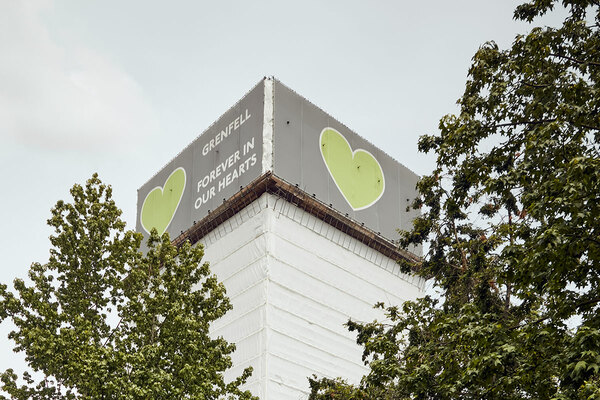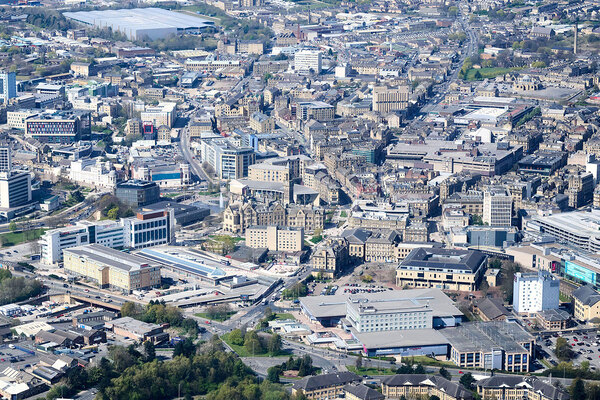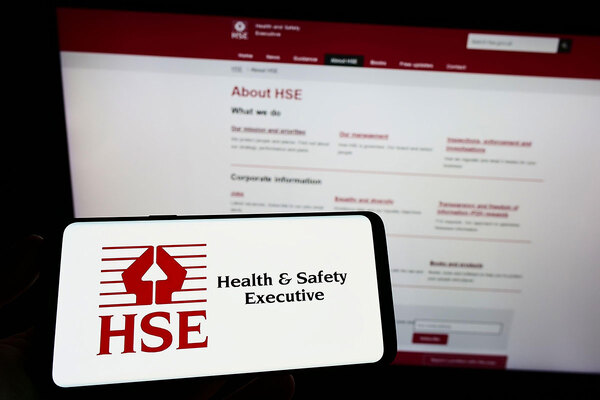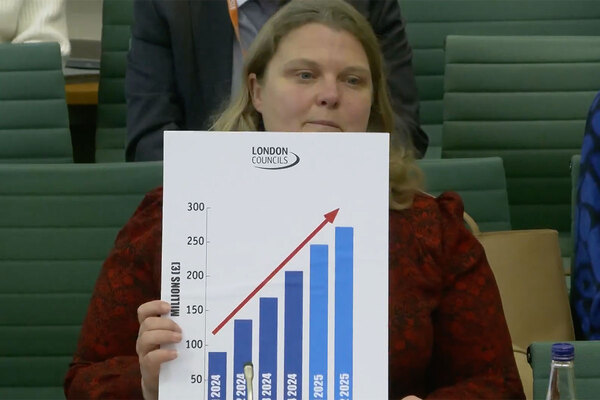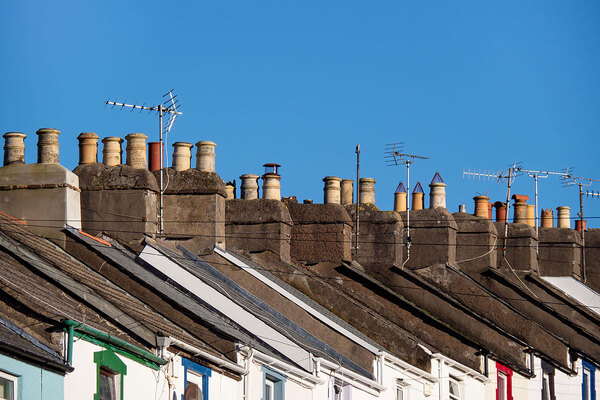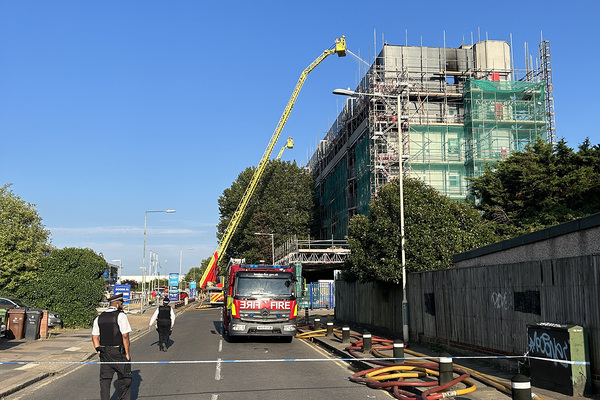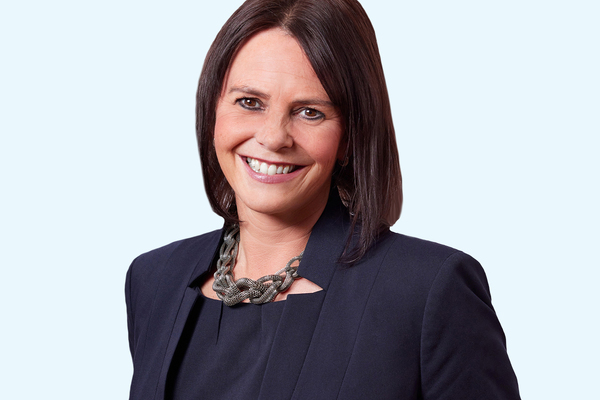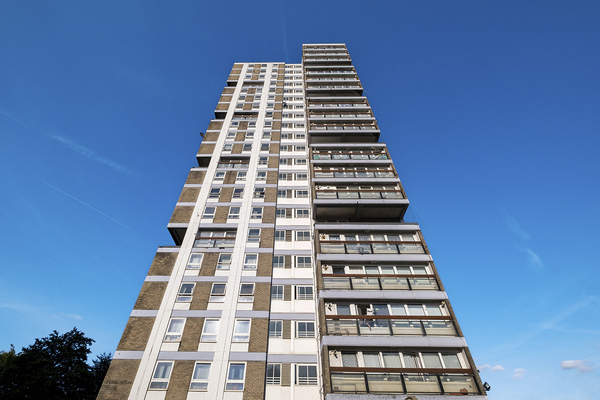Inquiry expert questions testing regime used for Grenfell cladding system products
A fire safety expert questioned the relevance of the main test used for signing off cladding materials in the lead up to the Grenfell Tower fire at the public inquiry into the disaster today.
Dr Barbara Lane, UK leader for the technology group at Arup, pointed to numerous flaws in the testing regime for assessing the fire performance of external wall system products during a presentation to the inquiry.
Before Grenfell there were two crucial tests with regard to the compliance of cladding systems and the materials used in them:
- Large-scale testing: technically known as the BS 8414 test, a pass in this test was a route for cladding systems containing combustible materials to be used legally. It involved a 9m replica of the system and the results were assessed against criteria in an official document called BR135
- Class 0 tests: this was a fire rating for a specific product rather than a system. It was widely perceived as the standard required for external cladding panels, and required materials to pass two tests detailed in parts six and seven of a document called BS 476.
Dr Lane criticised both tests. She said BS 8414 tests relied upon data from the first 15 minutes after a fire was lit in the crib at the bottom of the rig.
This, Dr Lane suggested, “may be before peak temperatures are measured for relevant cladding materials”.
Elsewhere, she pointed out that it was possible for a cladding system being tested using BS 8414 to collapse but still not fail.
This echoes longstanding criticism of the BS 8414 test since the Grenfell Tower fire. Combinations which have passed that test have failed more rigorous alternative testing methods.
BS 8414 tests were used to establish the safety of common cladding systems in the months after Grenfell and the results still form the bedrock of the government’s building safety programme.
Dr Lane also remarked that “the definition of ‘Class 0’ has degraded with time” through various tweaks to building regulations guidance since the term was introduced in 1965.
Until 2018, government guidance said materials with a fire rating of Class 0 could be used on the “external surface” of high-rise buildings.
She also noted that the national regime for testing materials’ fire performance only includes one “surface spread of flame” test – BS476 part seven – which measures spread horizontally.
She questioned the fundamental scientific principles of the testing regime, saying it was “associated with internal room fire phenomena” but relied upon by government guidance “to reduce the surfaces’ susceptibility to ignition from an external source and to reduce the danger from fire spread up the external face of the building”.
“Extensive work seems to have gone into defining these tests, how to derive results from them and how to rely on them to classify construction products and materials,” she said.
“It would be of considerable interest to hear the perspective from those that created and monitored the reaction to fire test standards in this country... and how relevant they consider them to be to the fire performance of external walls.”
In addition, Dr Lane observed to the inquiry that the chair of the committee for fire safety in buildings at the European Committee for Standardization (CEN), which is responsible for setting European standards, is Dr Debbie Smith, managing director of the Building Research Establishment (BRE).
The BRE runs the main testing house for fire performance in Britain and carried out the vast majority of BS 8414 tests before Grenfell; it took commercial fees from clients, particularly insulation manufacturers, to do so.
The relevant sub-committee at the CEN, for reaction to fire, is convened by Roy Weghorst, head of regulatory affairs for fire at Kingspan.
Insulation giant Kingspan last week shocked the inquiry by announcing it has withdrawn fire testing for one of its widely used products, admitting that the test does not represent what it sold for 15 years.
The Grenfell Tower Inquiry continues.
The ‘Class 0’ debate explained
- Since the Grenfell Tower fire, the government has insisted that its official guidance, Approved Document B, required cladding panels to be of ‘limited combustibility’. But many industry figures disagree, saying that the standard the guidance set was ‘Class 0’ or ‘Euroclass B’.
- Approved Document B sets limited combustibility as the standard for ‘insulation materials/products’ in paragraph 12.7. It sets Class 0 or Euroclass B as the standard for ‘external surfaces’ in paragraph 12.6.
- Paragraph 12.7 says that “insulation product, filler material etc” must be of limited combustibility. In a letter to social landlords on 22 June, the government said that the word ‘filler’ in this context covered the plastic in between the aluminium sheets in the cladding.
- But experts have disputed this view, pointing out that the cladding itself does not have an insulation function.
- The cladding used on Grenfell was certified to Class 0 and so would apparently have met the official standard for external walls.
- This debate remains crucial in assessing the liability for the removal of cladding, much of which is also rated Class 0, from hundreds of tower blocks nationwide.
Sign up for our weekly Grenfell Inquiry newsletter
Each week we send out a newsletter rounding up the key news from the Grenfell Inquiry, along with the headlines from the week
Already have an account? Click here to manage your newsletters
